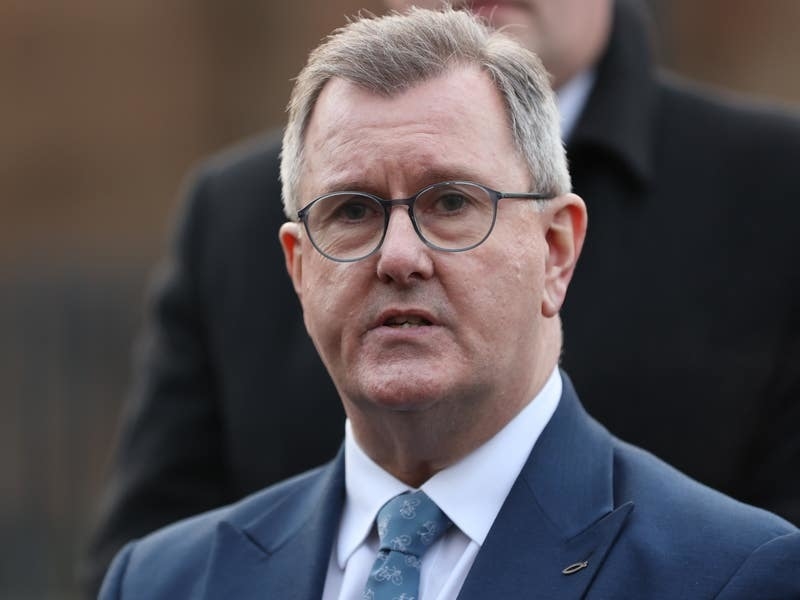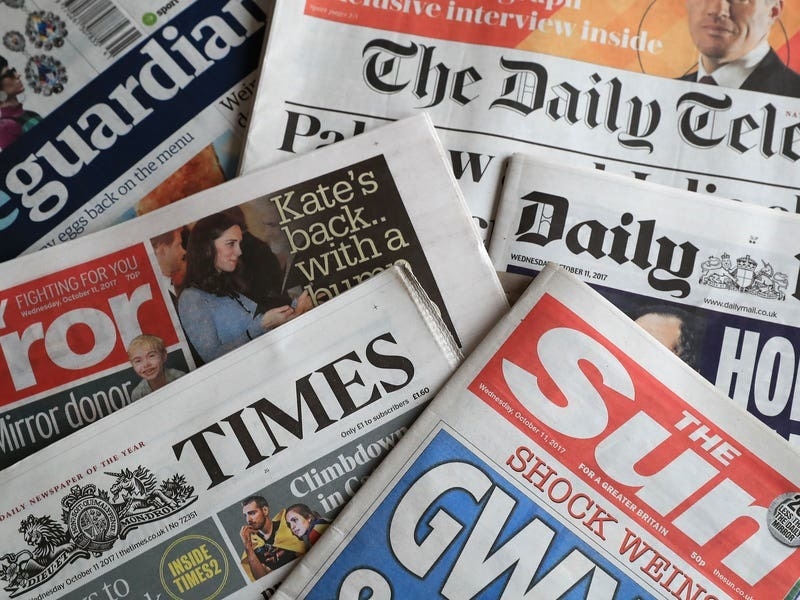According to figures published by the States Employment Board, the 2020 average hourly pay gap between men and women working for the government was 14.2% – a reduction of 3.8% on the year before.
When GPs – who were temporarily employed by the government last year as part of the Covid-19 response – were included, the gap was 15.2%.
However, at the very top of the organisation, although there were significantly more male than female employees, the gender pay gap during 2020 was negative, with men paid less than their female counterparts in the same tier.
It is the second time the government has published its gender-pay-gap report as part of its commitment towards identifying, and acting on, ways to address the difference.
The gender pay gap shows the variance in the average pay between all men and women in a workforce and is different from equal pay, which looks at the pay differences between men and women who do the same or similar jobs.
The government is now hoping to encourage other employers to publish their own findings.
Commenting on the latest report, which is based on the workforce as of 30 June 2020, Assistant Chief Minister Richard Buchanan said: ‘Closing the gender pay gap will take a significant period of time. However, we will continue our work to remove barriers to improving the gender balance and diversity in our workforce.’
He added: ‘It is important to recognise imbalances in pay and opportunities across all industries and government is no different.
‘We are committed to providing equal and fair rewards for all our employees regardless of gender, ethnicity or any other personal characteristics, and we hope that our transparency will encourage other employers in the Island to publish their own findings.’
A government project to encourage companies to voluntarily report the average difference in pay between men and women – or be forced to do so – in future is currently on hold owing to the pressures of the pandemic.
According to the latest figures, of the eight tier-one senior leaders in the public sector only one is female. However, the report found that, on average, she was paid more than the men, with a mean hourly pay gap of -12.3%.
At tier two, there are 18 male leaders and 13 female, with the men paid an average of 4.1% more according to the mean hourly average pay gap. The median hourly pay gap, however, was -4%.
Of all government departments, the chief operating office had the lowest mean hourly pay gap, at 0.2%. The Treasury, by contrast, had the highest at 18.8%.
For non-ministerial departments, which includes the Bailiff’s Chambers, Viscount’s Department and States Greffe, the figure was 38.6%. When they are included with the rest of the public sector, the mean hourly pay gap for the organisation rises to 15.2%.
In the Children, Young People, Education and Skills and Health departments, whose workforces are made up of 76% females, the mean hourly pay gaps were 16.5% and 20.4% respectively.
When the entire government workforce is broken down into salary bands, one woman earns more than £160,000 a year, a salary commanded by ten men. A total of 102 women and 197 men in the public sector earn more than £100,000.
The government concludes that, although its workforce is diverse, there are more women in lower pay grades than men.
Women are more likely to work part-time, and many of the roles currently available on a part-time basis are lower-paid roles.






